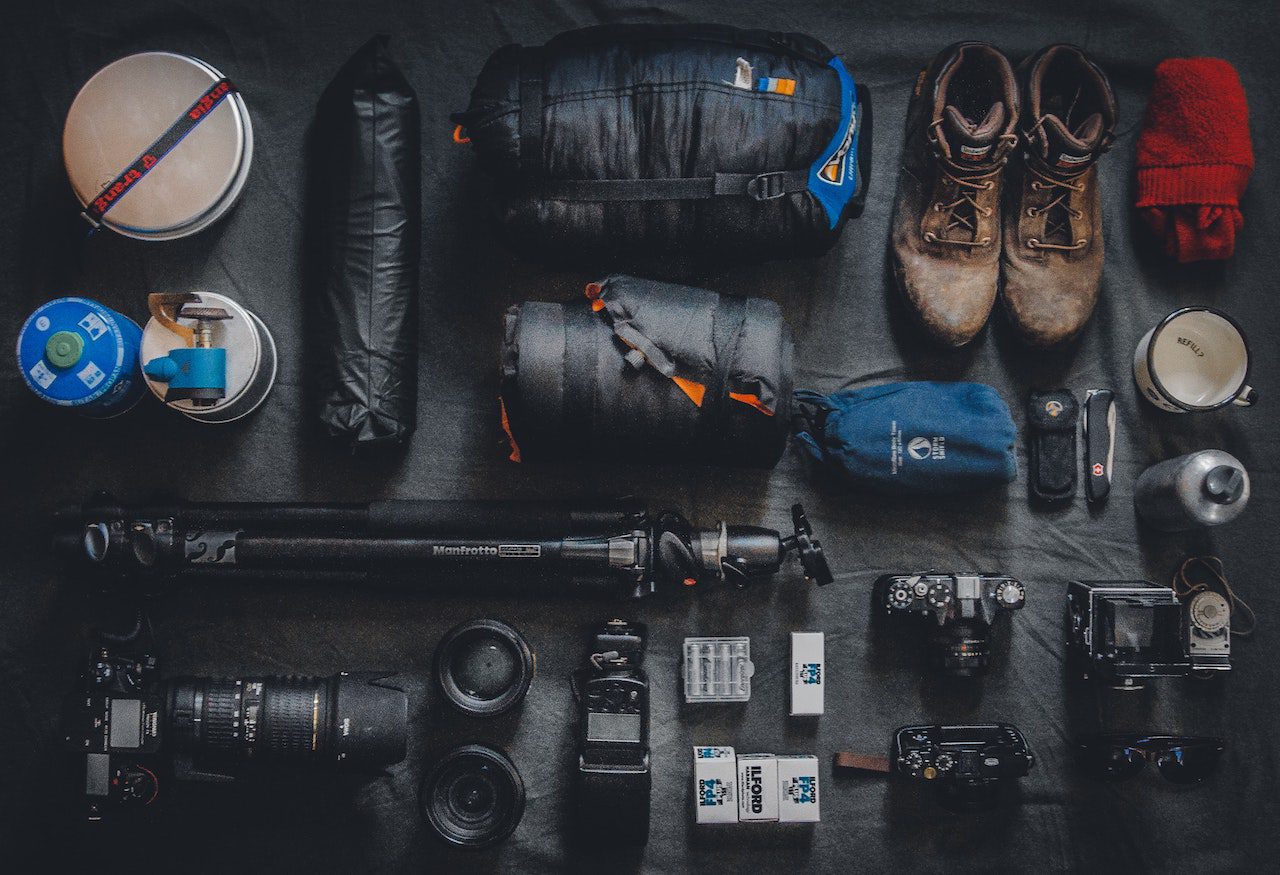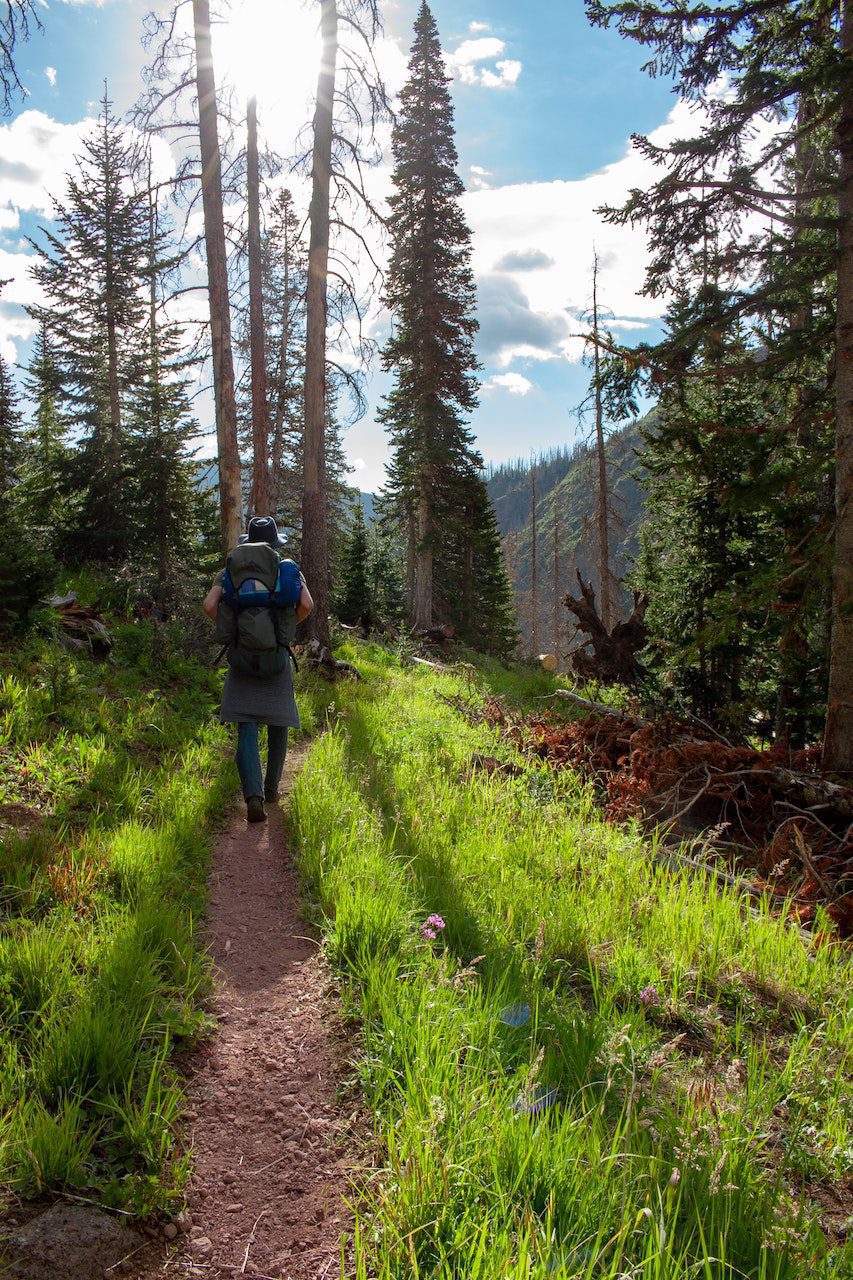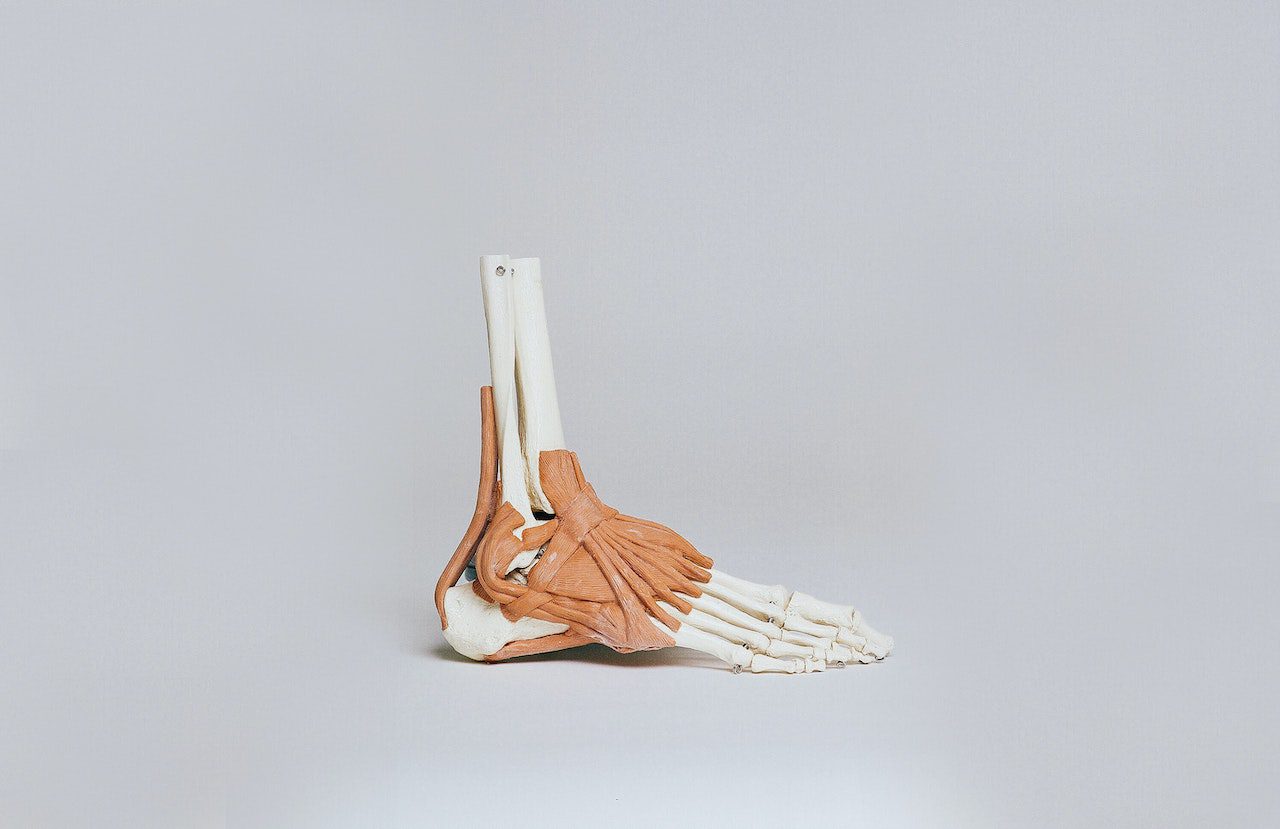
How To Start Backpacking | A Beginners Guide By A City Boy:
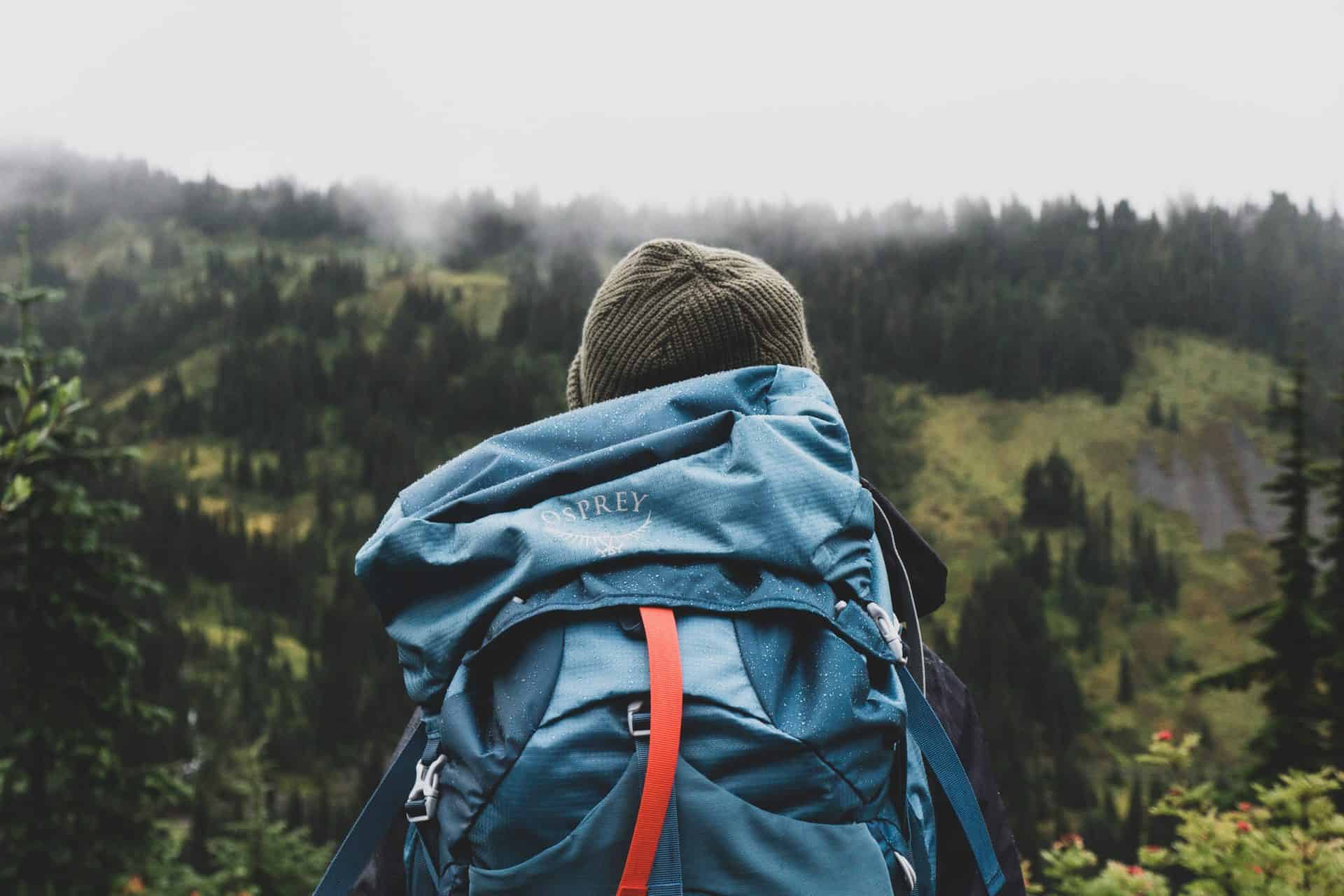
Hello friends! Since you are here, you must be looking to take a dive into backpacking (hiking in the backcountry not city hopping in europe). You’re right to be interested. Backpacking is an incredible way to get out of a stuffy city / boring suburb, unplug from social media, and explore some of the most remote areas of the world while connecting with nature.
Starting backpacking can be a daunting endeavor, especially if you are like I was and have no prior experience. But do not let this intimidate you. With the proper practice and preparation, you can enjoy an awesome backpacking trip too. Trust me. If I, a New Yorker without any hiking or camping experience, can learn how to backpack, so can you!
While backpacking is no walk in the park, proper outdoor skills, gear, and preparation are essential. It is more than worth the time and money invested, as these trips give you experiences that you will carry for the rest of your life.
Where Do I Start?
I find that there are two different approaches to get started backpacking:
- Jump right in and learn as you go.
- Take your time to gain experience, skills, and gear prior to embarking on your first backpacking trip.
Jump Right In And Learn How To Backpack As You Go:
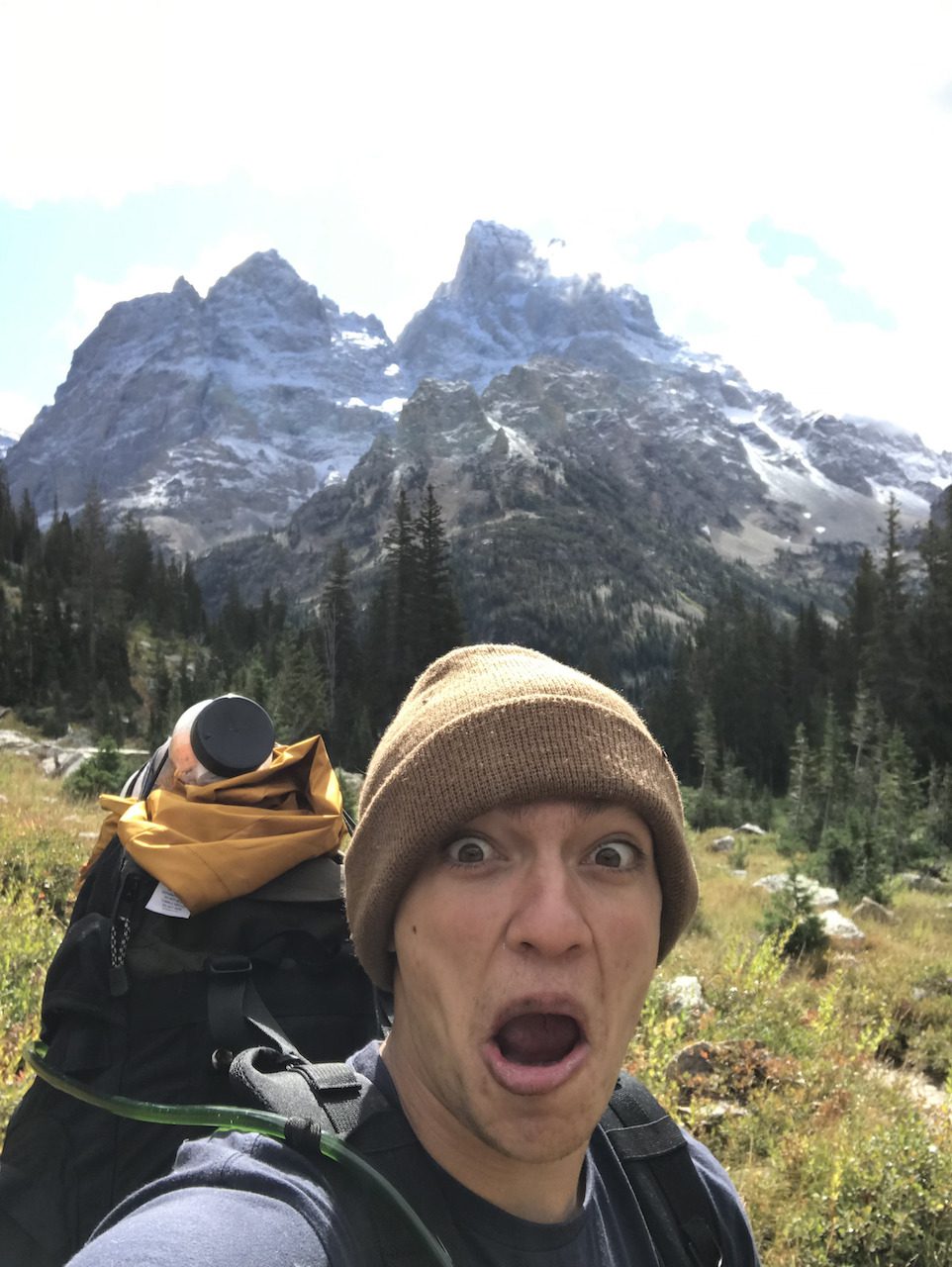
Let me start by saying I DO NOT mean show up on a trail without any gear, skills, guidance, or preparation and go for it. That is dumb and dangerous. You need to know some of the basics or at least be hiking with a friend who knows what they are doing, so your first backpacking experience is a safe one.
In my case, although I had little to no prior experience hiking or camping, I had a friend who had backpacked all his life with me on my first trip and showed me the ropes.
There was still a steep learning curve, and I made A LOT of mistakes, having some very uncomfortable moments. But experience is one of the best teachers, and with each mistake, whether it be gear selection, skill or preparation, I learned and took that lesson with me on my next backpacking trip.
This approach isn’t for everyone. There is a lot of trial and error, and like myself you may have some uncomfortable nights sleeping and days hiking. But if you can keep positive outlook jumping right in is a great way to immerse yourself and learn quickly.
Build Up For Your First Backpacking Trip:
For those of you who prefer taking things slowly and want to avoid some of the common pitfalls of beginner backpackers building up your skills, gear, and experience is a great way to start backpacking.
This approach allows you to get a bunch of experience before heading out on the trail and will likely make your first backpacking trip a bit more comfortable than if you jump right into the experience.
First Start Hiking!
The first step to get started with backpacking is to get out and hike! It doesn’t need to be anything crazy long or difficult. Just go to a local park or nature preserve, pick a trail, grab a map and compass, and start hiking. Getting day hikes under your belt before going on a backpacking trip helps with the following:
- Gets you in hiking shape: Hiking consistently will build a solid aerobic base which is essential to get into good backpacking shape. Keep in mind when you are on a backpacking trip, you are hiking long distances day after day with a full pack on, so your fitness preparation shouldn’t be taken lightly. You can consider hiking with a full pack to help you prepare for the extra weight you will be carrying with you when backpacking.
- Allows you to practice basic outdoor skills: Spending more time walking on trails also helps familiarize yourself with some of the basic backpacking skills such as trail finding, navigation, and leaving no trace. These skills along with others are foundational for backpacking and should be honed before entering the backcountry.
Buy The Right Gear:
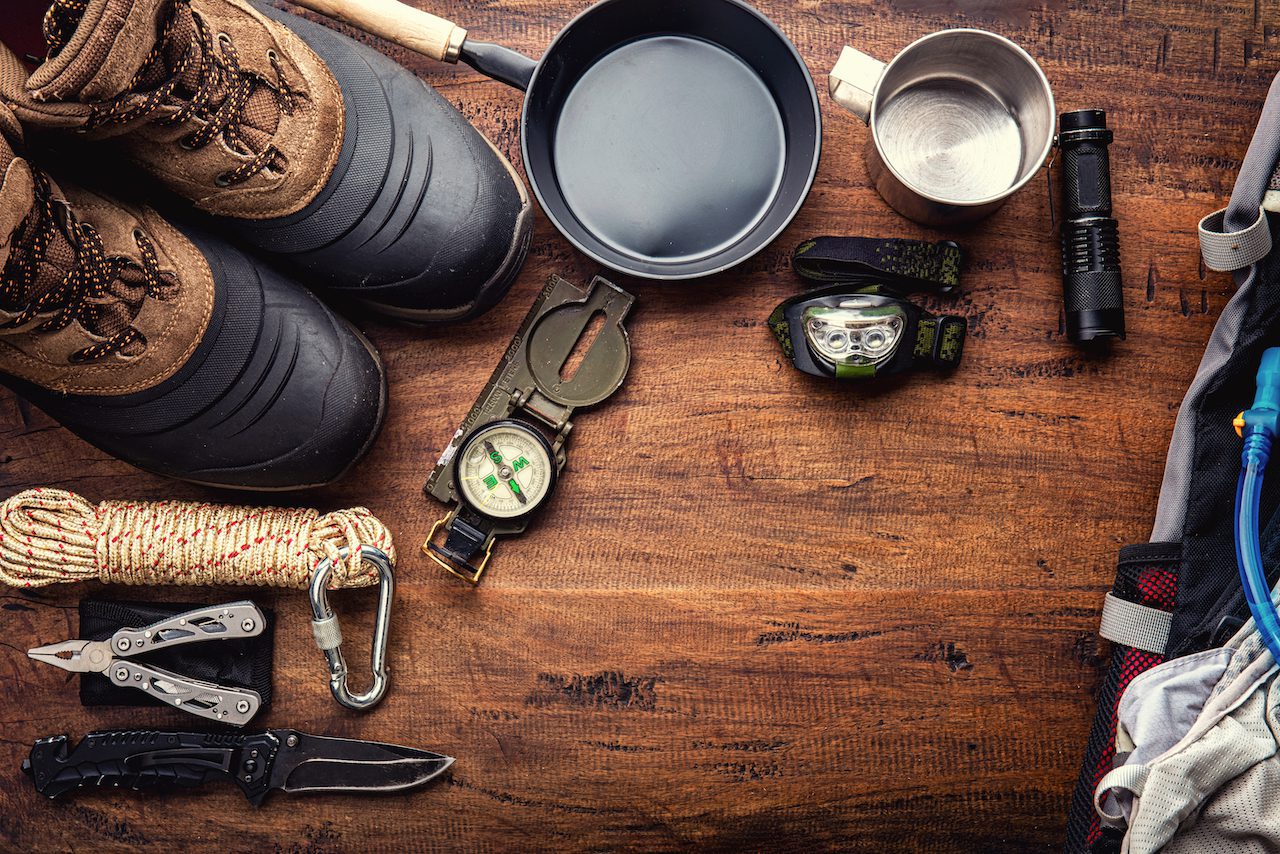
Having the right gear is an absolute must for any backpacking trip. Here are my tips when it comes to backpacking gear:
- Create a gear list
- Purchase High-quality gear
- Know how to use all of your gear
Create A Backpacking Gear List:
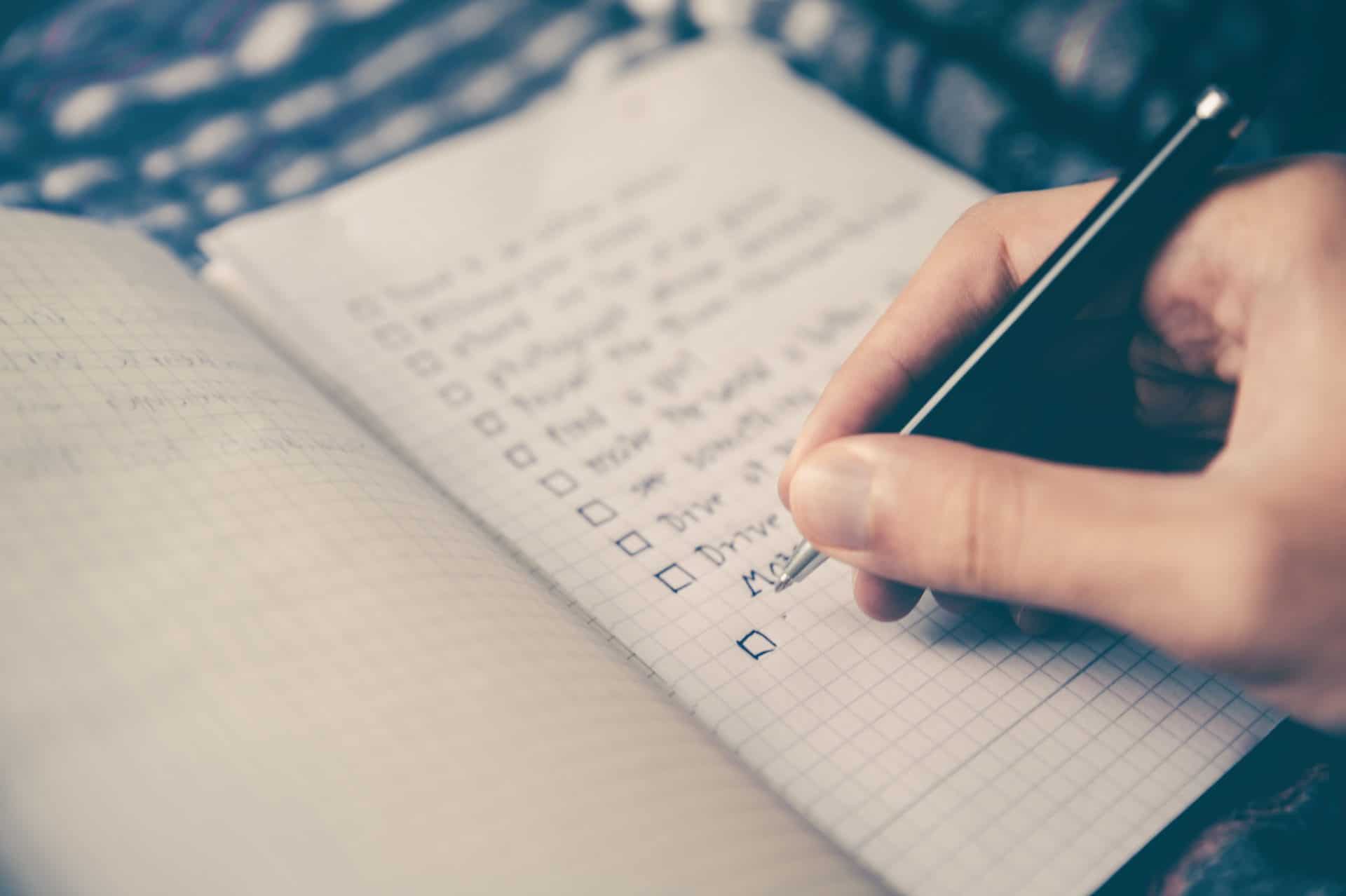
Every backpacker needs to have a gear checklist listing everything needed for your backpacking trip, including the ten essentials. Having a physical list to reference will help prevent you from forgetting things on your journey. Keep in mind that different backpacking trips may require different kinds of equipment depending on:
- The type of environment you are hiking in:
- Desert regions may need more water storage.
- Rainy areas may require extra rain gear, such as rain pants.
- Snow may require snow gear such as crampons, ice axes, or snowshoes.
- How long you are hiking: the shorter duration of the hike the smaller of a pack you can use as you will need less space for food, extra clothes etc.
Check out my backpacking gear checklist if you’re not sure what to bring.
Purchase High-Quality Gear:
Alright, this one is big. Get nice gear. DO NOT be like me and get the cheapest equipment you can find. Sometimes you can get away with it, but odds are it will be crap and cost you more money in the long run with buying replacements. I strongly recommend going with higher quality gear, check out our backpacking gear guide or go to your local outdoor store to get assistance with gear selection for your needs.
Know How To Use Your Backpacking Gear:
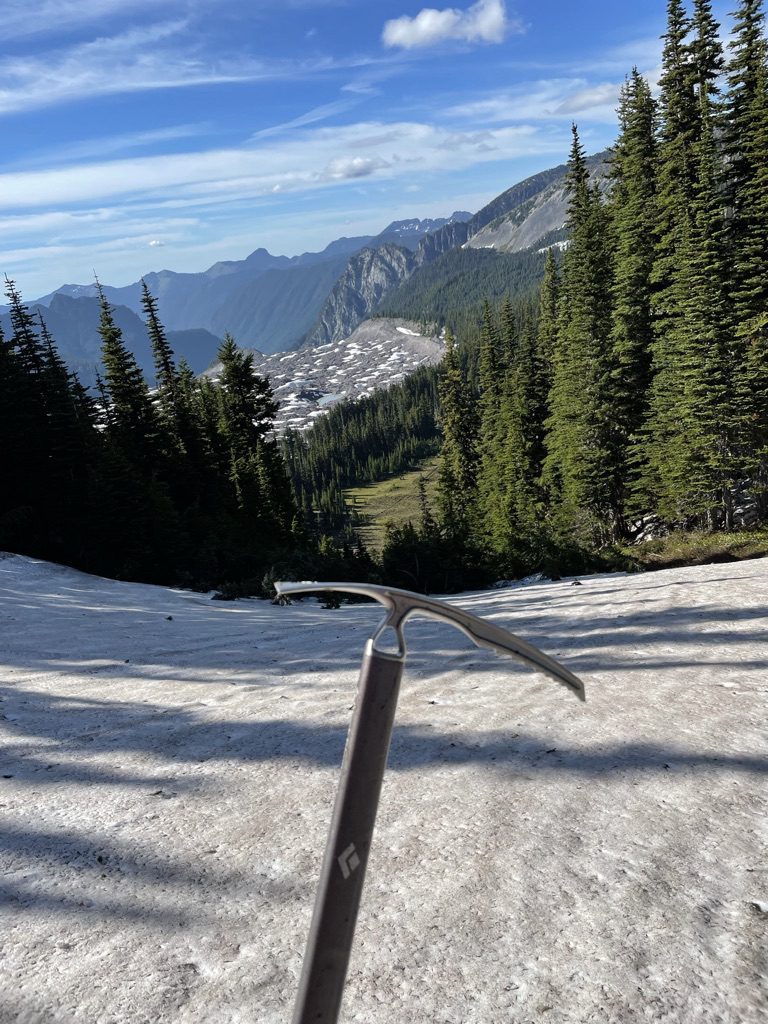
It is not enough to have the right gear, but you need to know how to use all of it too. A water filter is no good to you if you are clueless about how it works! Try to avoid using equipment for the very first time in the backcountry, test gear out at home or on a day hike to make sure that it functions properly and you know how to use it.
Learn Basic Backpacking Skills:
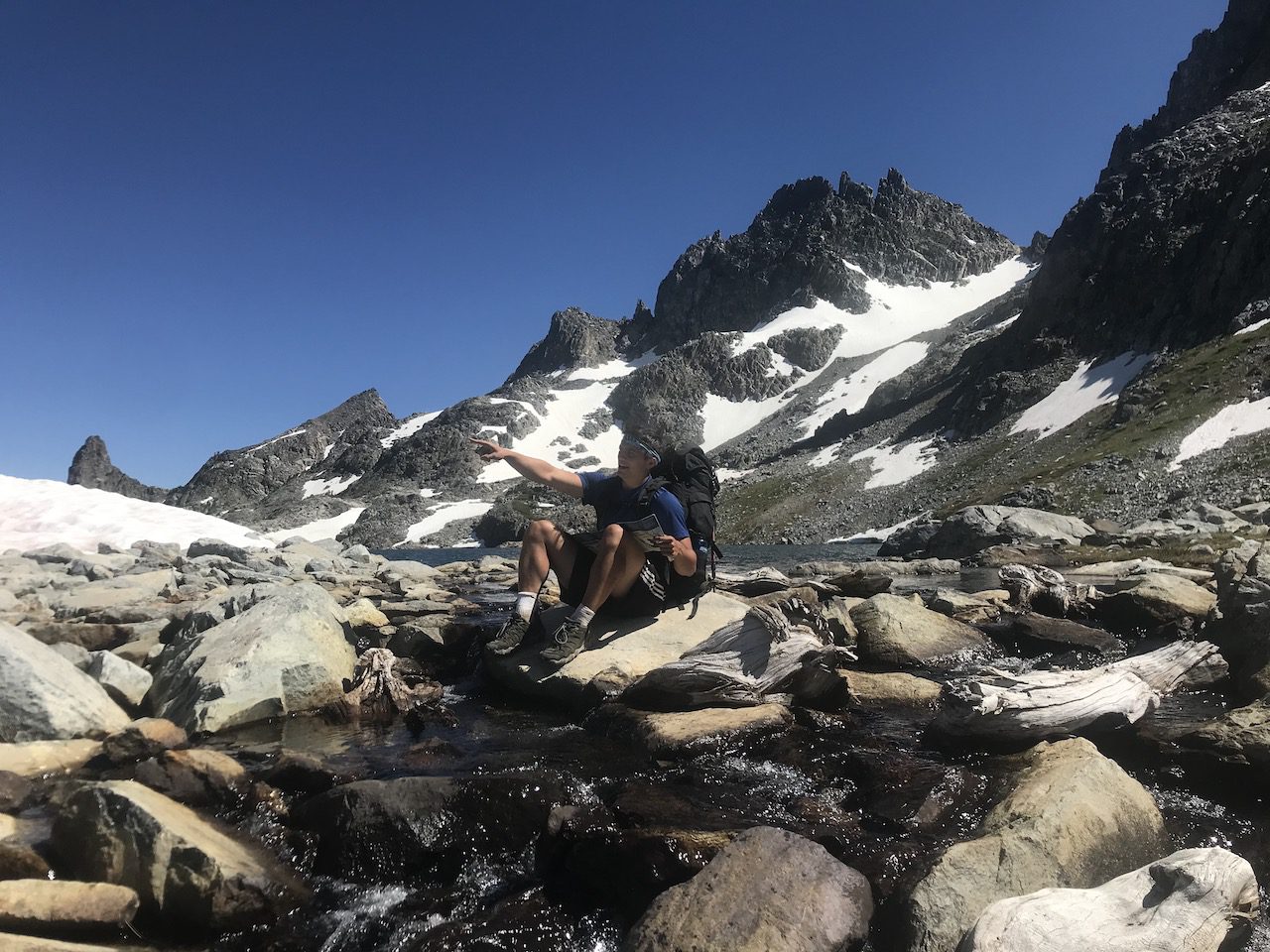
One of the most important steps is knowing proper backpacking skills so you can enjoy your time in the backcountry safely and responsibly. Below are some of the basic skills you MUST have before entering the backcountry:
Leave No Trace:
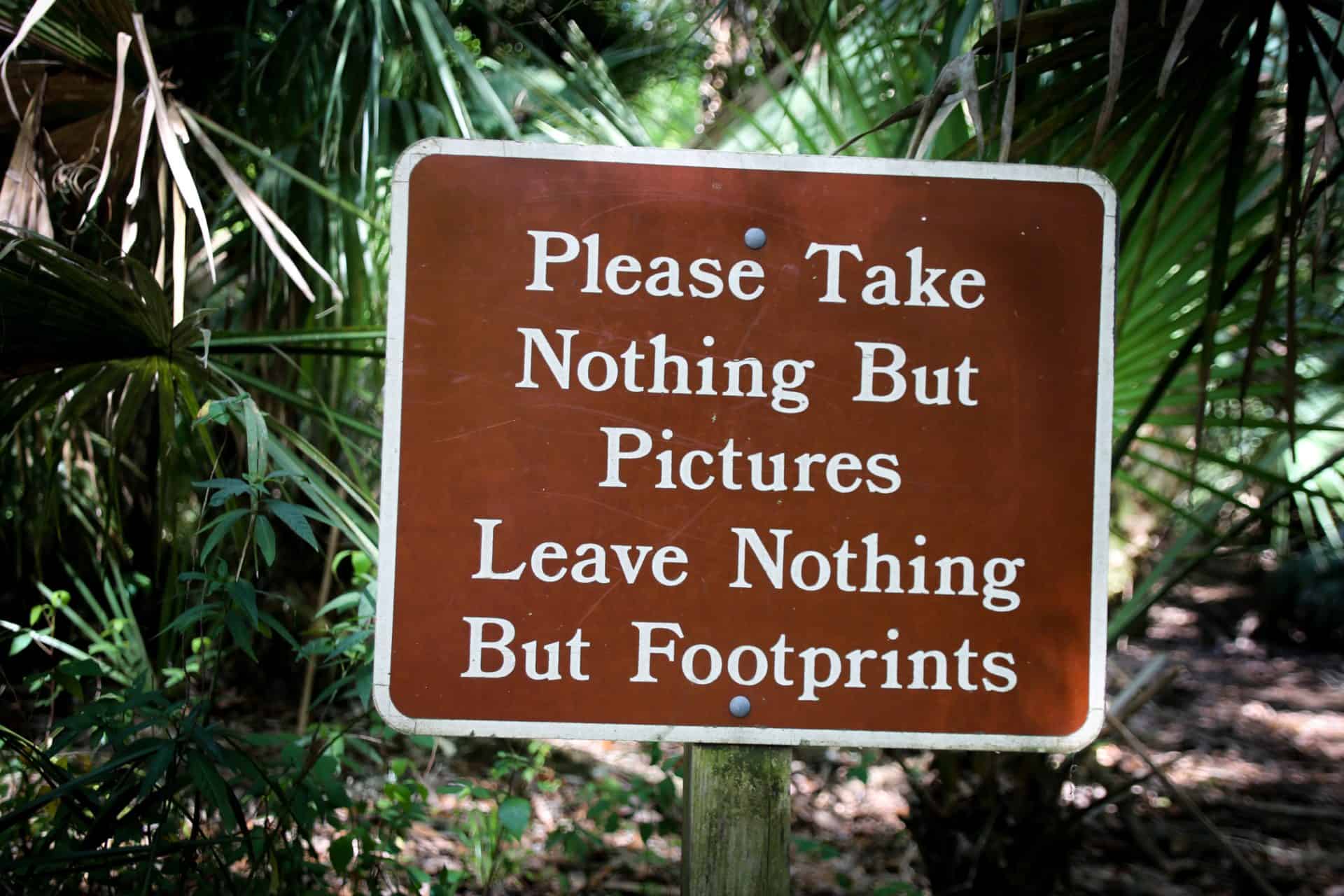
The golden rule of doing any activity outdoors is to leave no trace. Leave no trace is a set of principles to be followed to help preserve the integrity of whatever wilderness you are backpacking in. Whenever entering a national park or forest, your goal would be to leave the area exactly as you found it packing out any trash and adhering to the leave no trace principles. You can learn all about these principles with our article “What Are The Leave No Trace Principles?” or at lnt.org.
How To Use A Map And Compass:
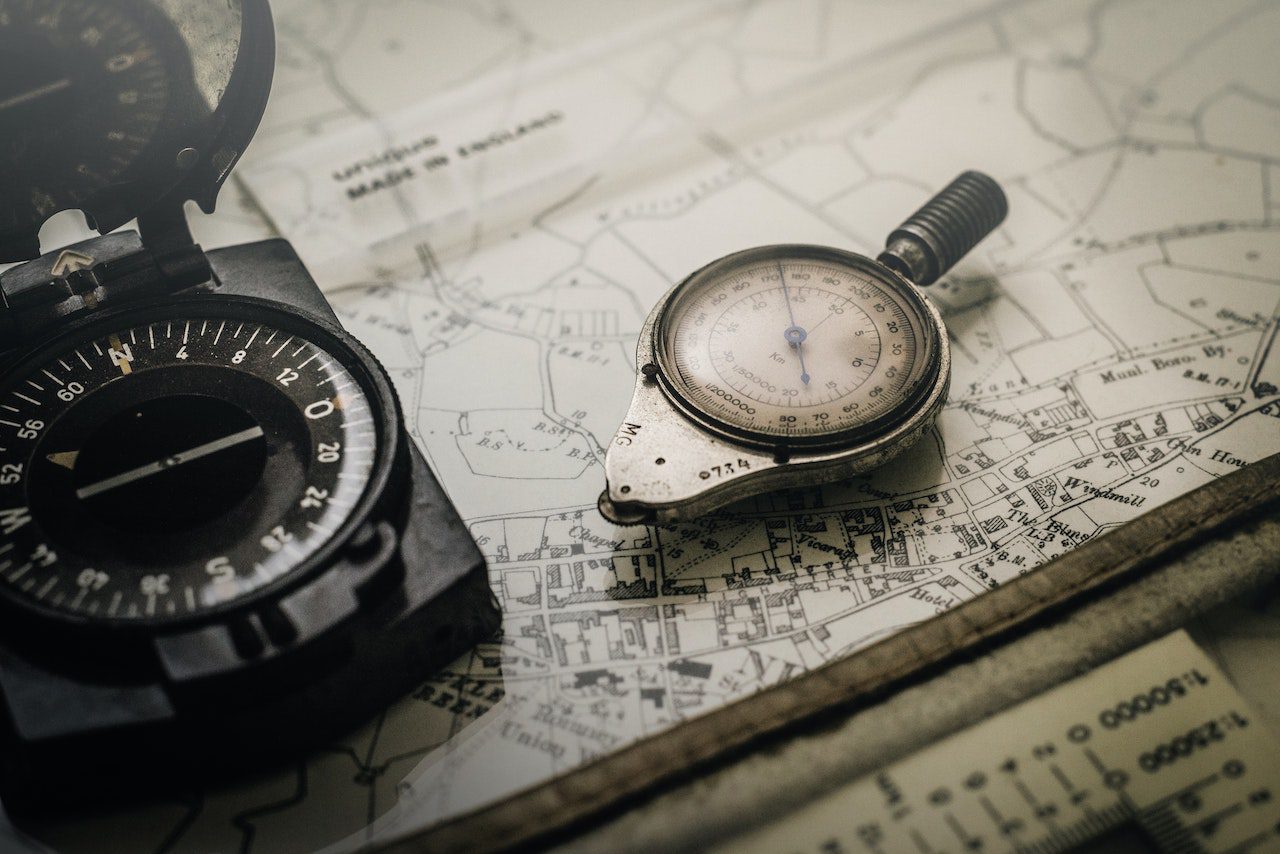
While GPS devices are a great luxury to have, knowing how to use a topographic map and compass is a mandatory skill to have whenever backpacking. Sometimes technology fails and in those instances, you need to know how to navigate on your own.
How To Set Up Shelter:
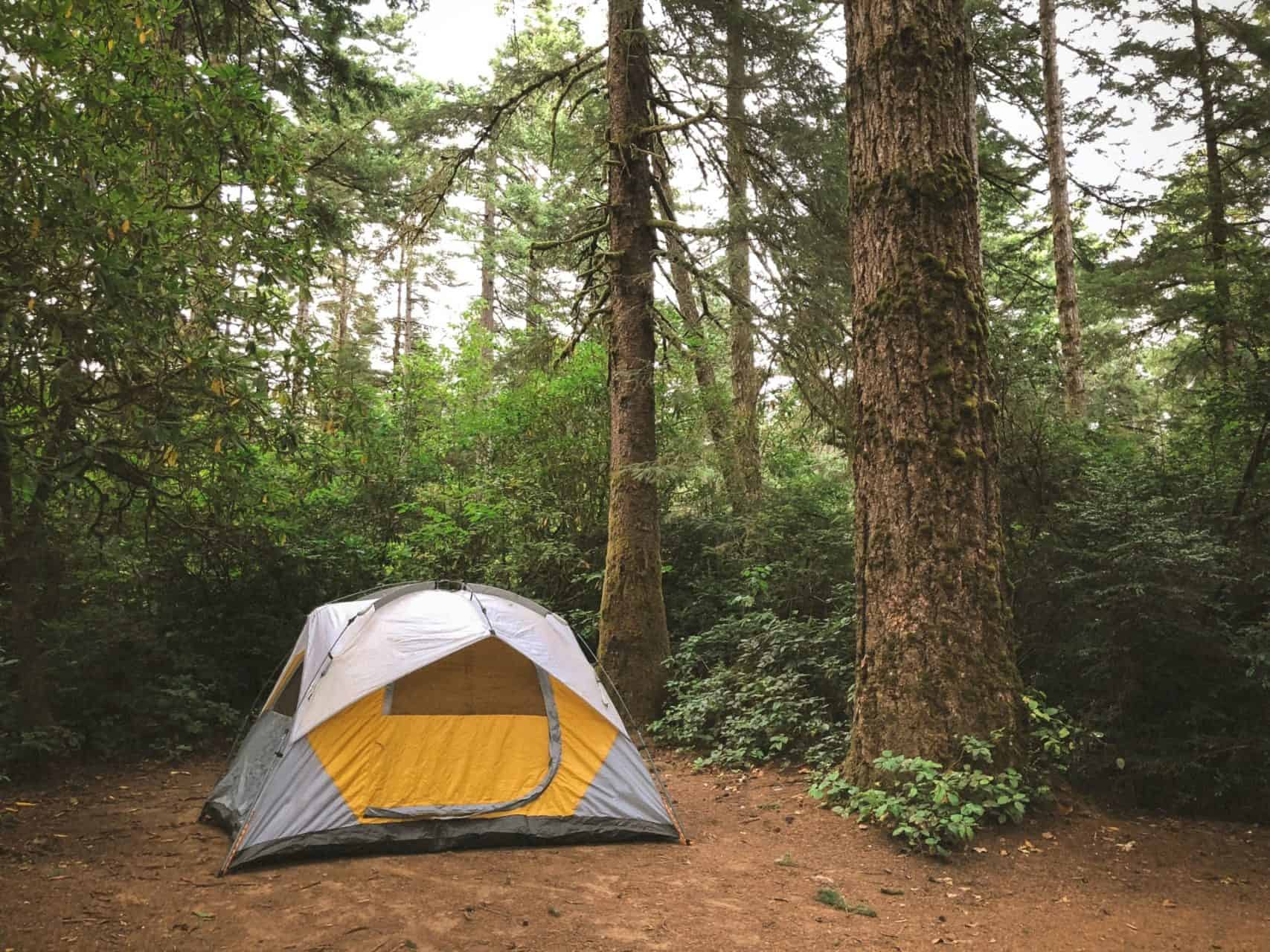
No matter where you are hiking, you should have some shelter system packed to keep you protected from the elements. Especially after a long day of hiking, you should know how to set up your shelter quickly and easily so you can get some much-deserved rest. While tents and hammocks are intuitive to set up, I recommend taking the time before a trip to know the ins and outs of your shelter setup.
How To Store And Treat Water While Backpacking
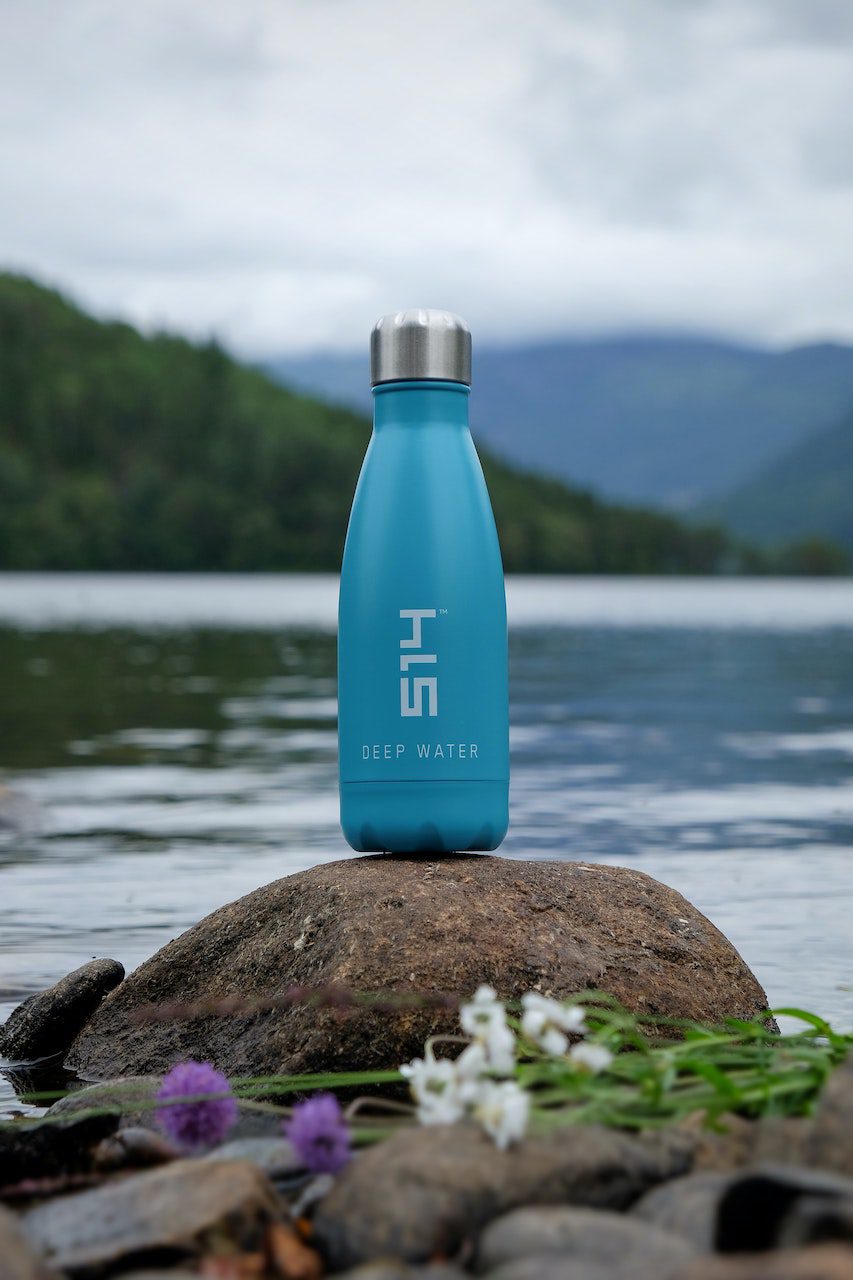
We always need water. So when backpacking it is important to know how to carry and treat water to keep us hydrated. The problem we run into when backpacking is that it is not feasible to carry multiple days of water in your pack, as it would be way too heavy. Therefore you need to rely on natural water sources such as rivers and lakes to keep you hydrated when on the trail.
Since natural bodies of water run the risk of carrying harmful bacteria and microbes, you need to know how to treat your water in the backcountry properly to avoid illness from drinking contaminated drinking water. Check out our article “How To Carry And Treat Water When Backpacking / Hiking” to learn everything about carrying and treating your water on the trail!
How To Plan And Cook Your Meals:
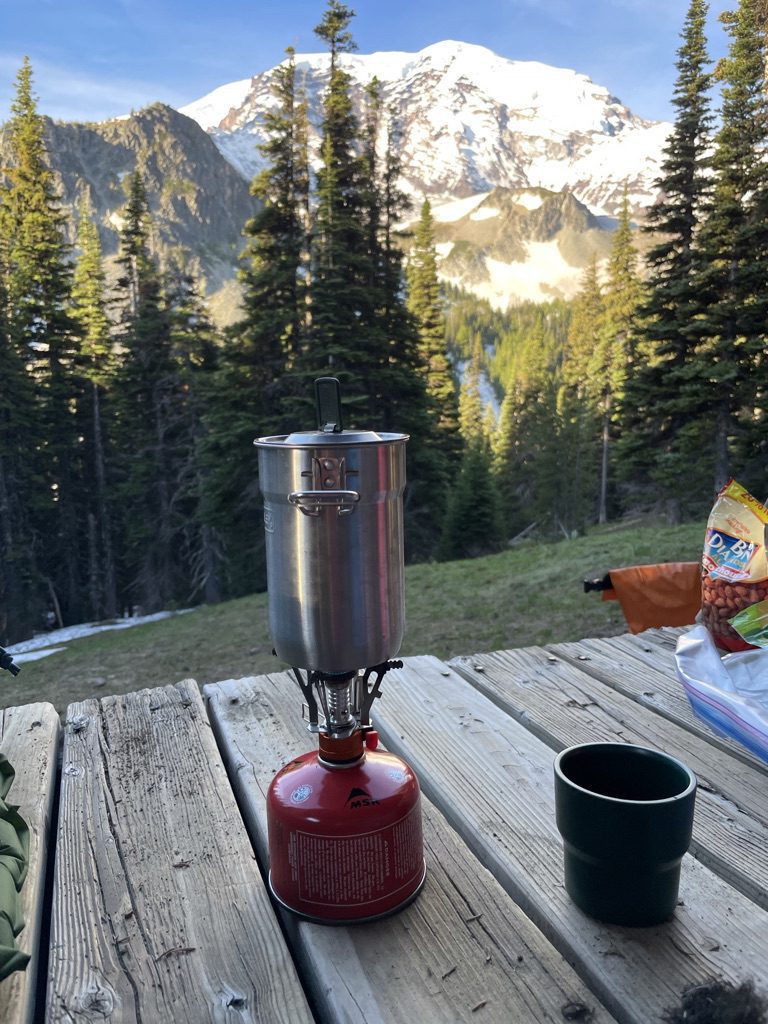
You are burning a TON of calories whenever you go on a backpacking trip, so properly refueling is an absolute must. When backpacking, you need to plan out each days meals thoroughly and be sure to pack a bit of extra food in case of emergencies.
When planning your meals it is a good idea to bring food that is calorie dense, high in salt and is easy to carry. Typically I do oatmeal for breakfast, granola bars/trail mix/ dried fruit for lunch, and a freeze dried backpacking meal for dinner.
Also, you need to be comfortable with using a backpacking stove for cooking your meals. These stoves are typically small propane-powered devices that release fuel when attached to the tank and ignite with a clickable flint (or you can use a lighter). You should make sure you have enough fuel for your trip and practice using your stove before heading into the backcountry.
How To Store Food While Backpacking:
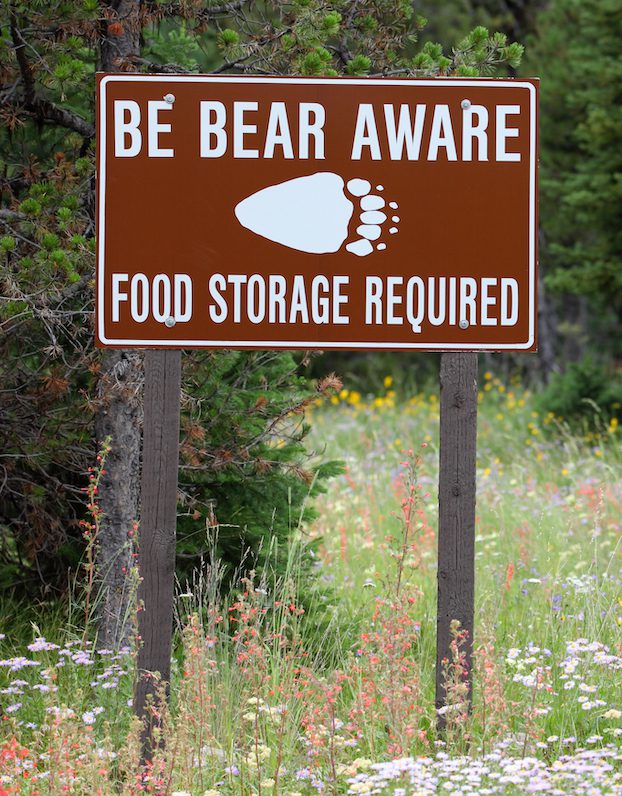
An essential part of leaving no trace is to know how to properly store your food while backpacking. Improper food storage can be harmful to your well-being and that of local wildlife. Let me explain…
- It’s harmful to you because improper food storage can lead to your rations being eaten by wildlife. This will not only leave you without food in the remote wilderness, but it can also put you at risk for a dangerous wildlife encounter.
- It’s harmful to local wildlife such as bears because once they taste human food, they are much more prone to seeking it out. This can lead to more dangerous wildlife encounters with your fellow hikers and necessitate the need for the animal to be put down by local officers.
To prevent this, you need to properly store food and odorous items using approved storage techniques for whatever park you are visiting. To get a full rundown, check out my article “How To Store Food While Backpacking.”
Basic First Aid:
Conditions on the trail can be rough at times and you will encounter minor scrapes, sprains, and injuries. Therefore it is important to have a basic first aid kit as well as working knowledge on how to manage common injuries and ailments that you may experience when backpacking.
How To Pack A Backpack For Backpacking:
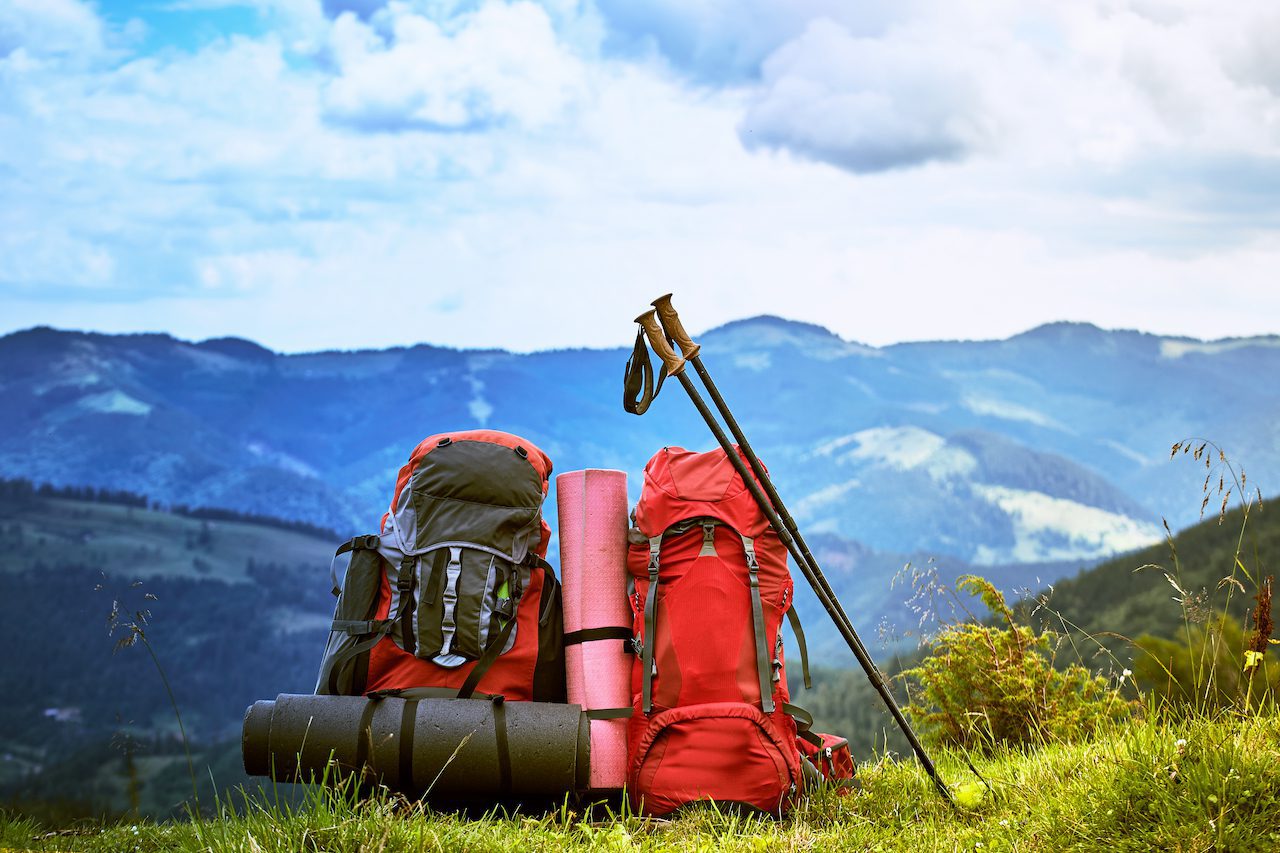
A good amount of gear comes with backpacking, so it is essential to pack it efficiently to carry your pack as comfortably as possible.
To start, you should have a pack that fits you well. You want most of the weight to be on your hips and the backpack to be close to your body so it is not swinging around when hiking, which can throw you off balance.
Next, you should aim to have the heaviest items at the bottom of the pack. This will help keep the weight near your hips and prevent your backpack from being top-heavy.
One of my last tips is to avoid attaching things to the outside of your pack. Items on the outside of your backpack can become loose and fall off, leaving you without a piece of gear and littering the park! Having equipment on the outside of your pack can also dangle around when hiking, which can throw you off-center on the trail.
How To Poop While Backpacking:
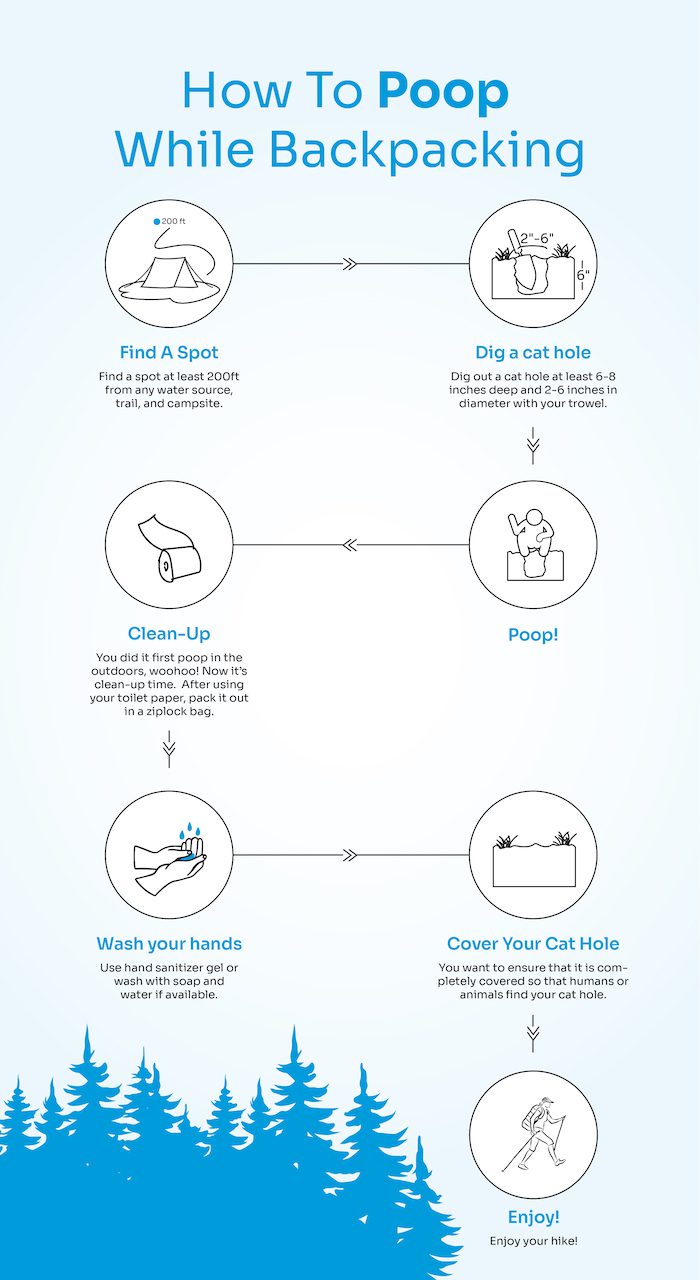
Okay, now I know this one sounds crazy for my fellow city people, but yes, you will have to poop in the woods, and yes, there is a right way to do it. The above infographic gives you a brief overview, but take a look at our “how to poop while backpacking” article to learn everything you need about pooping outdoors.
Practice Your Backpacking Skills:
Okay, you got your gear and learned some of the basics. Now it’s time to put them to the test!
A great way of doing this is by going on a car camping trip. Car camping is a great way to simulate the experiences of a backpacking trip in a more controlled environment. While doing shorter day hikes and camping in the front country, you can practice essential backpacking skills, but you still have the security of being a short drive from civilization.
Another great way to practice backpacking skills is by joining an outdoor club or taking advantage of some of the REI backpacking classes!
Plan Your First Backpacking Trip:
Look at you go! You got your backpacking gear and skills down pat now all there is left to do is plan your first backpacking trip!
The steps to planning your first backpacking trip are as follows:
- Pick your backpacking destination
- Research your backpacking destination
- Create a backpacking itinerary
- Plan out travel logistics
Pick Your Backpacking Destination:
First things first, you need to get inspired and find a park/wilderness/forest that excites you and fills you with wonder (#wonderfarr)! The best way I found to do that is with pictures!
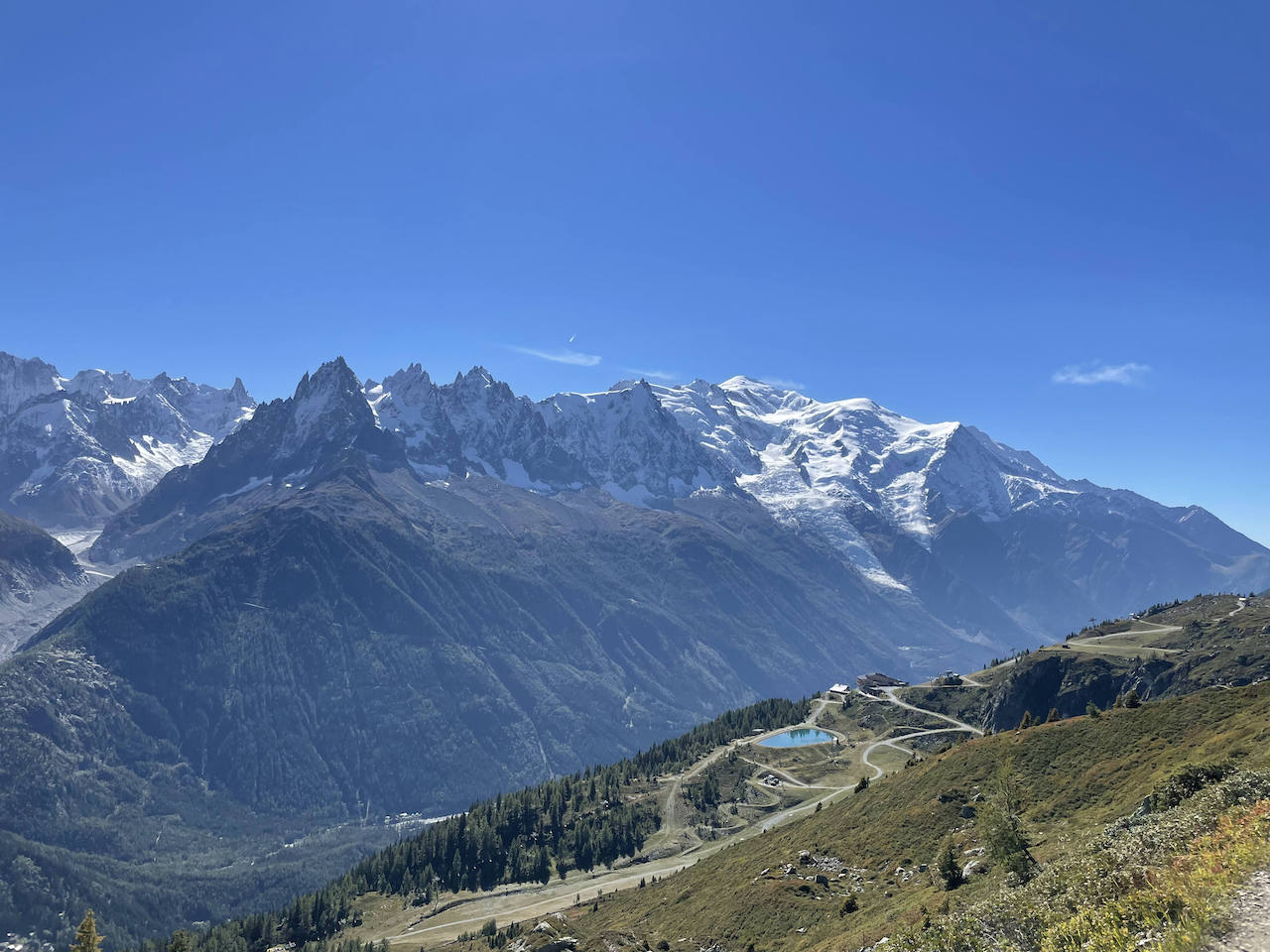
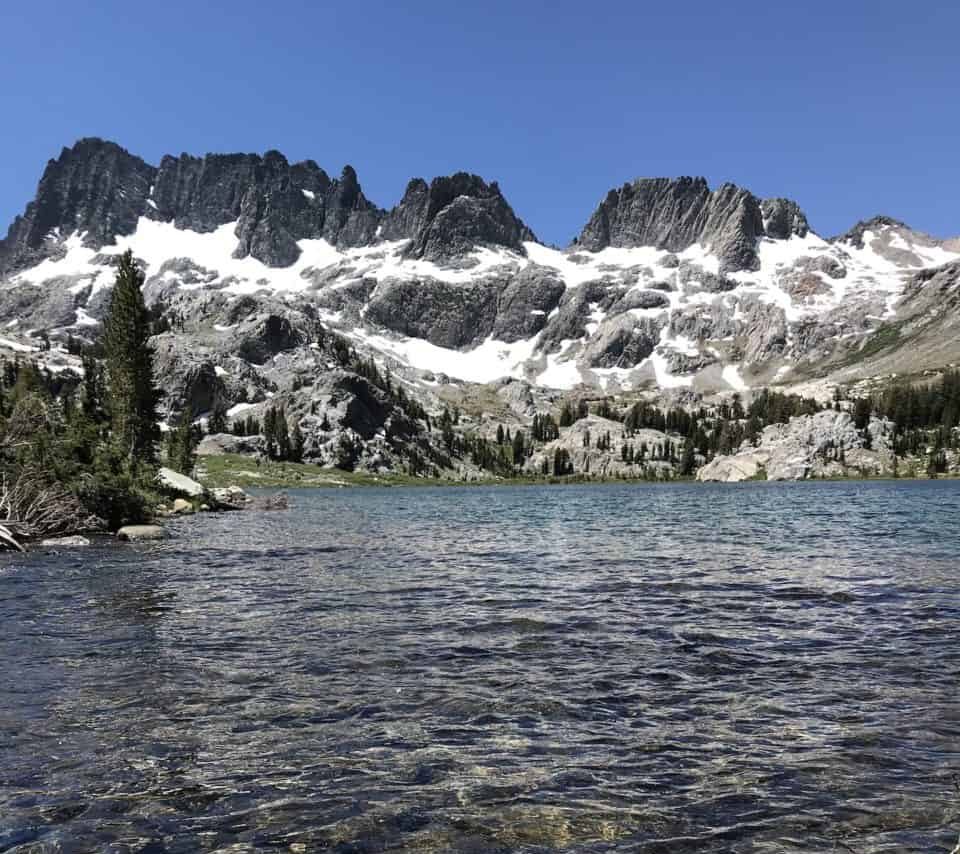
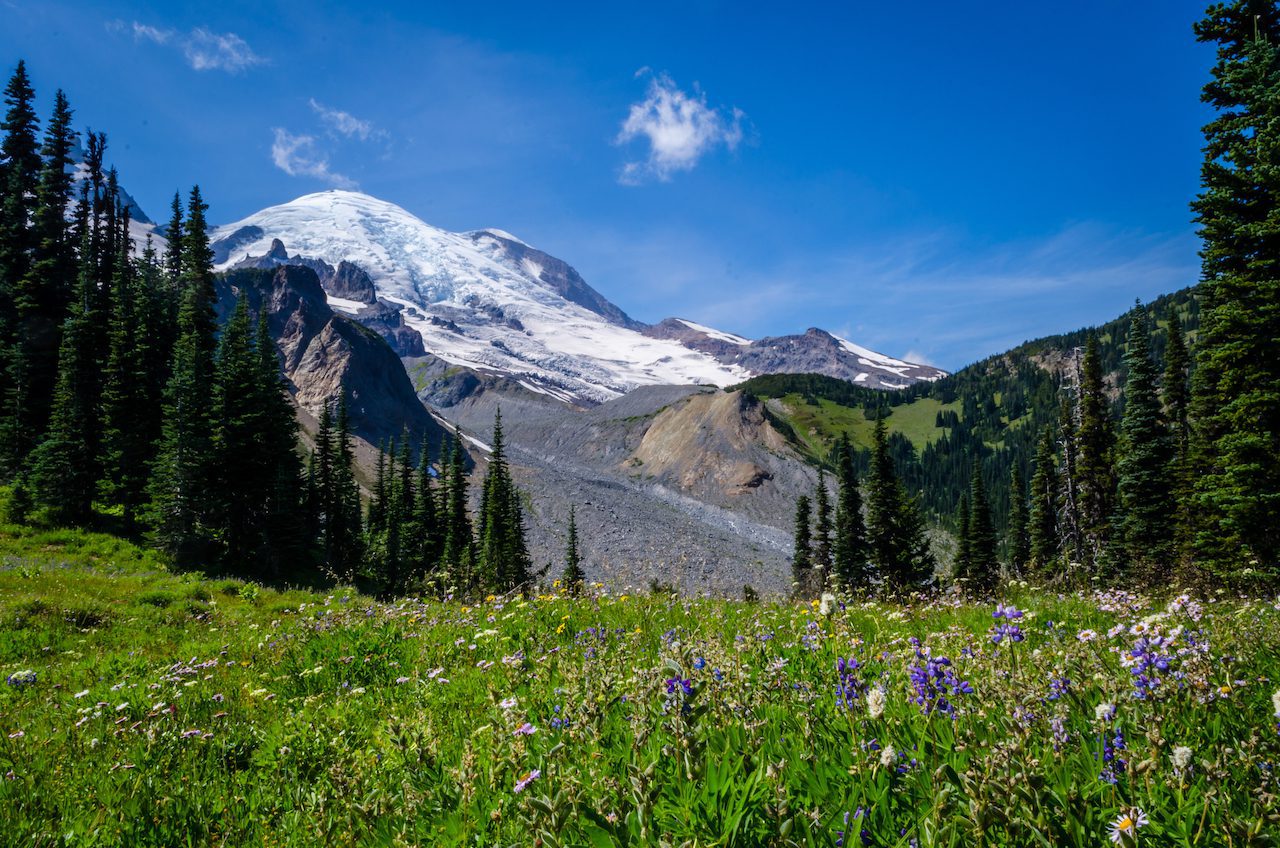
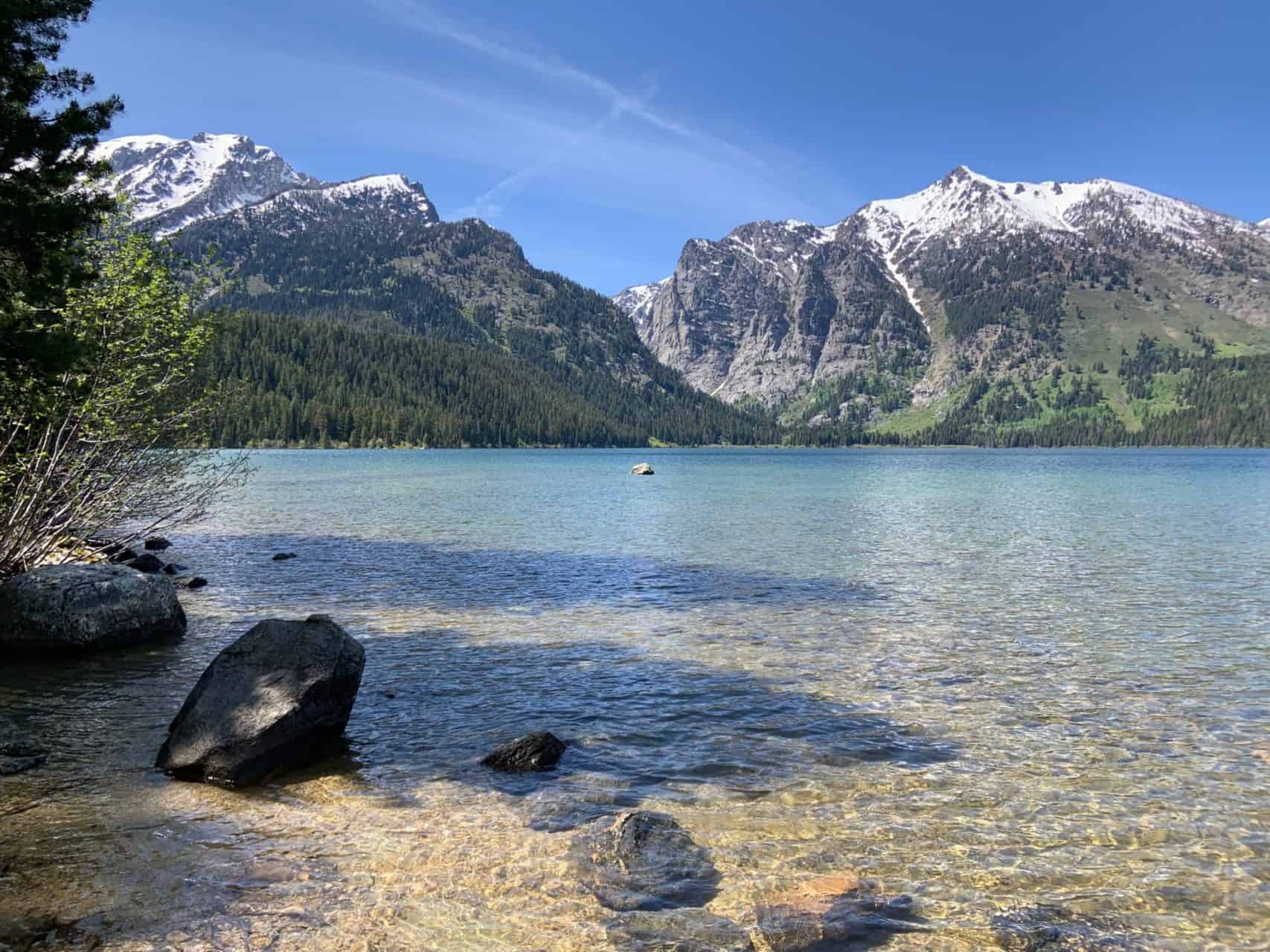
Look at those views! Don’t they make you want to go out there and explore these areas in real life?! Check out our hiking destinations for some backpacking inspo or just type in “beautiful mountains” on a google image search either way you’ll find some cool stuff!
Research Your Backpacking Destination:
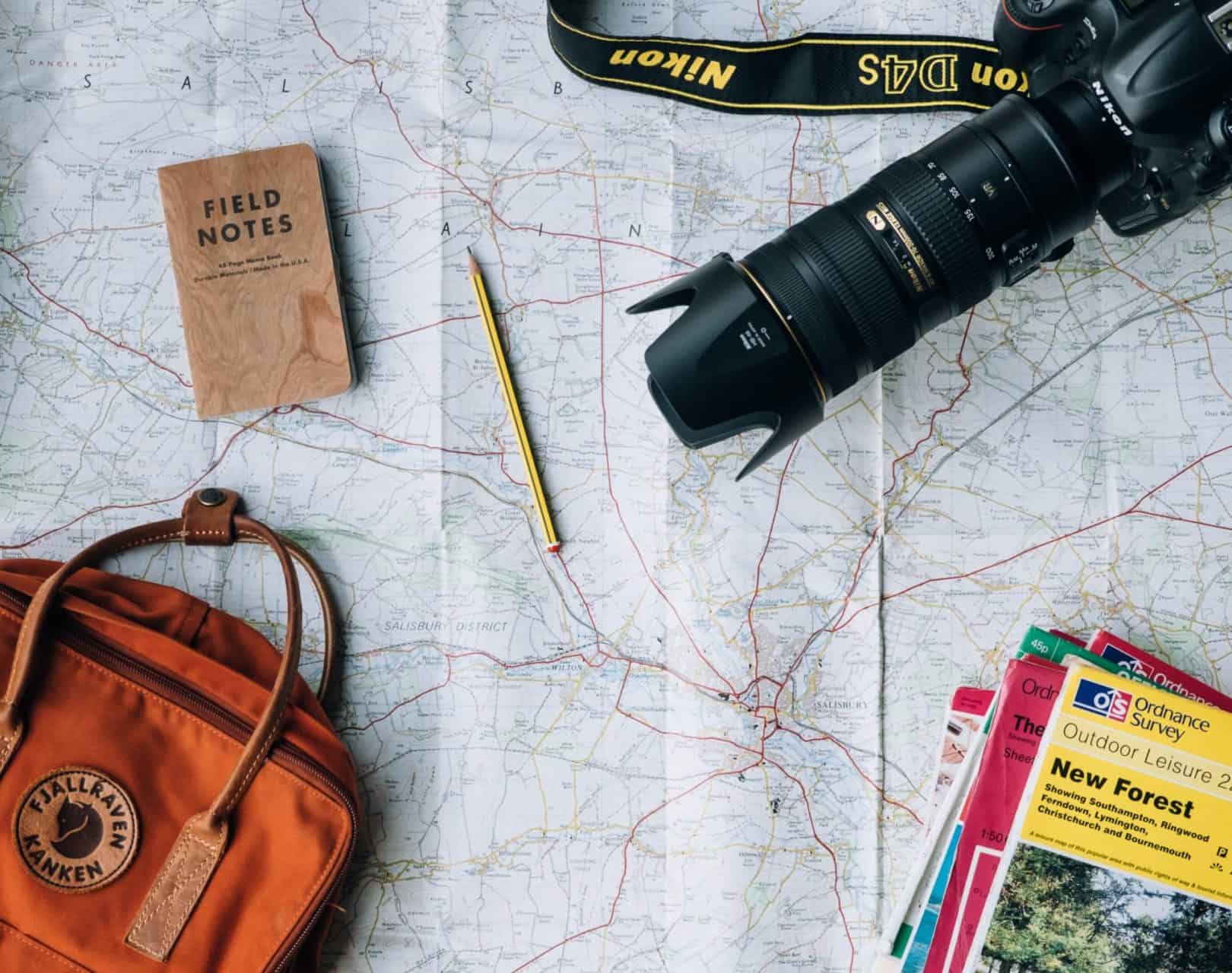
Now that you picked your dream backpacking destination your next step is doing some in-depth research about where you are going.
If you are going to a national park I recommend checking out the specific national park service website or see if we made a national park guide for where you are visiting. The following are questions you should be able to answer through your research:
- What is the best time of year to visit the park for backpacking?
- What will the weather conditions be like for your trip?
- Are there special gear considerations (extra rain gear, snow gear, extra water storage for desert conditions)?
- What are the backcountry rules and regulations?
- Are backcountry permits required (learn about backcountry permits here)?
- Is parking easily accessible?
Plan Out Your Backpacking Itinerary:
After you have completed your general research about the area you plan on backpacking in, it is time to get down to the nitty-gritty of your backpacking itinerary.
A backpacking itinerary is a day to day schedule of your backpacking trip which includes where you are entering and exiting the wilderness, which trails you will be hiking each day, and what campsites/shelters you will be camping at after each day of hiking.
You need to have a well-planned backpacking itinerary for every backpacking trip. When planning out your backpacking itinerary, some questions you need to answer during your planning include:
- How many days do you plan on hiking?
- How many miles and elevation gain do you want to cover each day?
- What trails do you want to hike/views do you want to see during your trip?
- What type of route you want to do (point to point, out and back, or loop)?
- Which campsites or shelters do you plan on staying at?
- How to apply for permits for your desired itinerary?
Feel free to check out some of my pre-made backpacking itineraries within our national park guides!
Review Your Backpacking Itinerary With A Park Ranger:
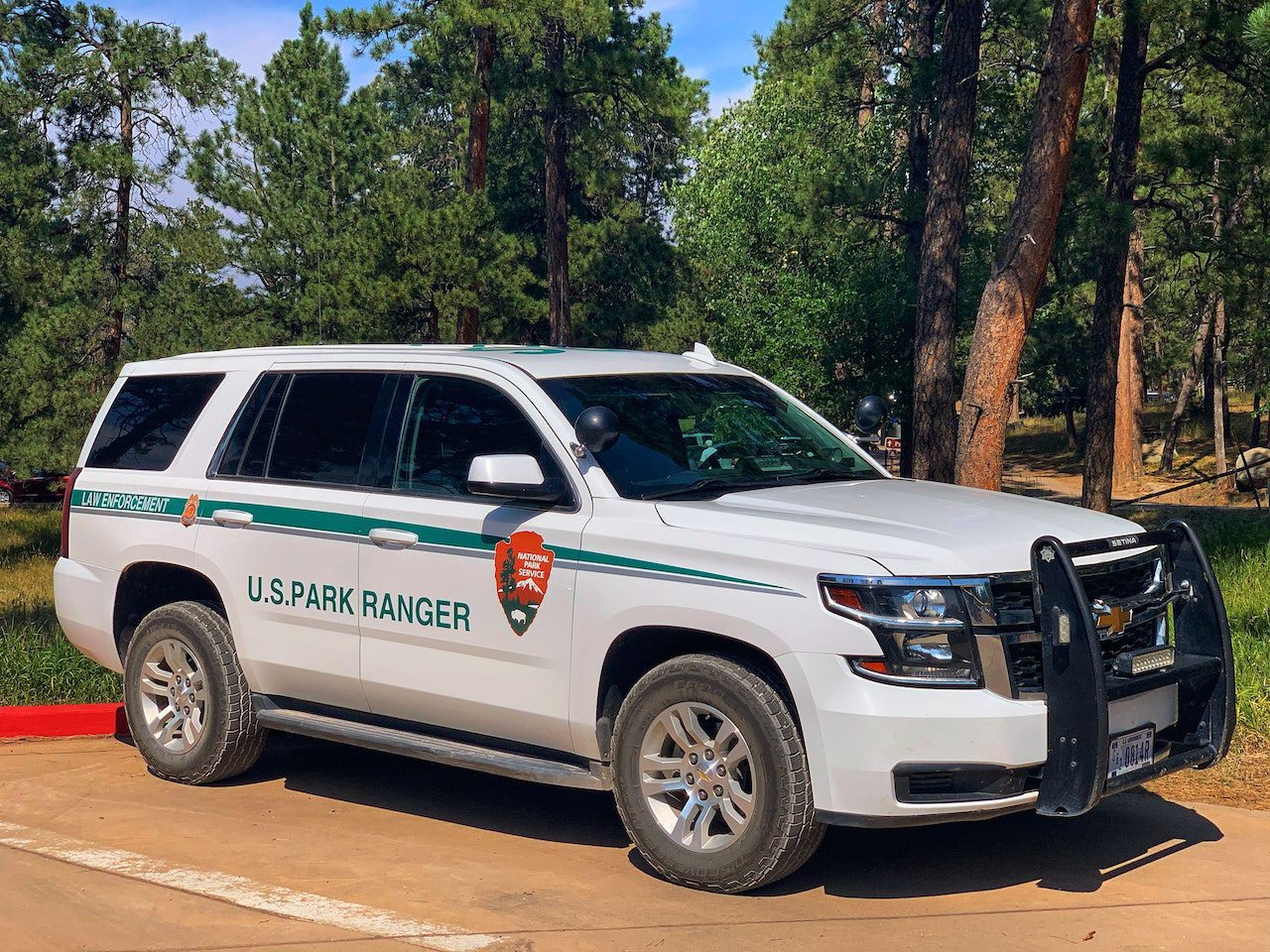
After you complete a rough draft of your backpacking itinerary, I recommend going over your itinerary with the park rangers. No one knows the park better than the rangers who hike it on a daily basis, so get their input before applying for backcountry permits. Keep in mind that no one knows your physical limits and ability better than you so be sure to create an itinerary suitable for your skill level.
Plan Your Travel Logistics

Okay, now we are cooking with gas! All there is left to do is plan the final travel logistics. Feel free to use our free trip planners within our national park guides for guidance. Some of the basics you will need to consider include:
- Flights
- Hotel stays before and after your trip
- Travel insurance
- Rental car insurance
- Apply and get backpacking permits
Have Fun And Stay Safe!
That’s all guys! I hope this was a helpful starting point for those of you interested in backpacking. Feel free to reach out to me for any beginner backpacking questions you may have!

